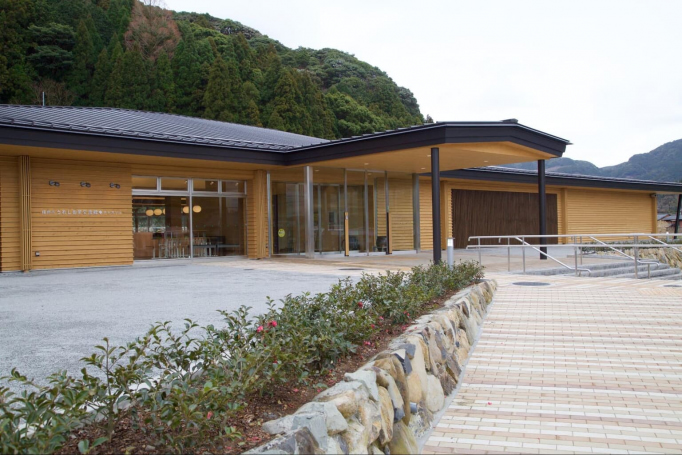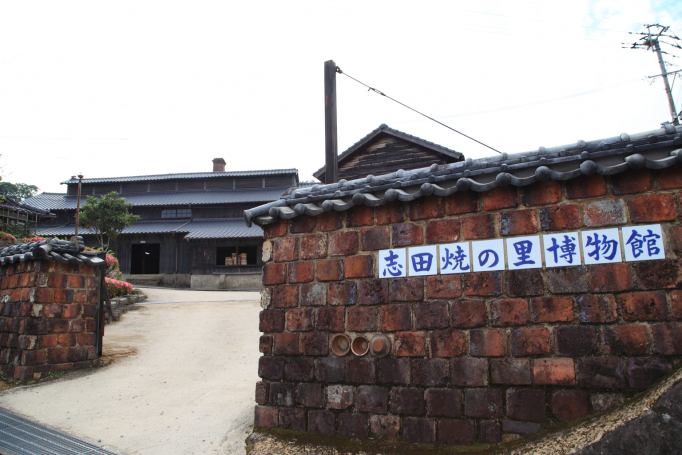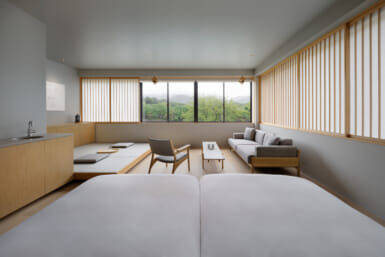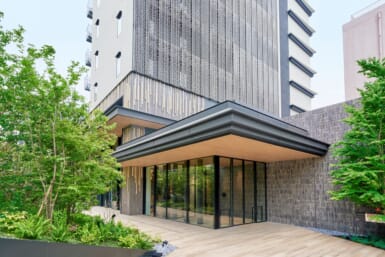Those familiar with Saga Prefecture may know it as a heartland of Japanese pottery, host to one of the world’s great hot air balloon festivals, and the home of Yutoku Inari Shrine, one of the three great shrines dedicated to the Shinto kami, Inari.
While these are worthwhile to go see, they serve only as an introduction to this relatively untouristed prefecture located between Fukuoka, Nagasaki, and the Ariake and Japan seas.
No itinerary would be complete without a trip to Ureshino Onsen, a former shukubamachi (rest stop) on the old Nagasaki Kaido, where you’ll find hot springs bubbling with silky smooth and purifying waters, boutique inns maintaining the architectural traditions of their forebears, and specialist artisans honing their crafts in open-to-the-public workshops.
With the recently unveiled Ureshino Onsen Station, you can now travel directly to the town via the Nishi Kyushu Shinkansen bullet train line, making it easier than ever to get your trip underway. But before you do that, check out our Ureshino Onsen travel recommendations.

Relax in Ancient Springs
Resting in a basin of lush green and fed by the Shiota River, Ureshino Onsen’s picture-book aesthetic lends itself perfectly to bathing in the local hot springs.
The spring waters are clear as glass and packed full of sodium bicarbonate, making the water feel ultra-smooth to the touch.
The town has a plethora of ryokan and onsen hotels, some of which feature rotenburo (outdoor open-air baths) with views of the rolling hills of the countryside beyond. Near Toyotamahime Shrine, where visitors pray for beautiful skin, there’s also a public foot bath for rejuvenating weary feet.
Siebold-No-Yu, named after a 19th-century German scientist who lived on the manmade island of Dejima and penned the seminal Flora Japonica, is one of the most attractive onsen for skin beautification. When not discovering new botanical species or teaching Western medicine to his Japanese hosts, Philipp Franz von Siebold was said to enjoy exfoliating in the springs of Ureshino – the orange steepled roof and mullioned windows of his namesake hotel are nods to its inspiration.

Experience the Town’s Craft Workshops
Ureshino is also famous for tea production. The local tea blends have been cultivated since the 1400s and are famed for their full-bodied aromas and rich flavors.
In addition to learning about the history, flavor profiles and brewing process of the local tea, you can partake in a tea-dyeing experience at Chaoshiru, Ureshino Onsen’s Tea Exchange Center.
Pottery workshops are also available. Saga’s preeminent export, pottery is part of the fabric of the prefecture, and local Hizen Yoshida and Shida ceramics are prevalent throughout Ureshino Onsen.
Hizen Yoshida-yaki Pottery Hall should be your first port of call. Products from the kilns – including earthenware bottles, rice bowls, sake cups and spice jars – are on display and for sale throughout the building. While the showroom, which reopened after refurbishment in 2019, has hands-on experiences such as painting and decorating freshly thrown pottery.
The Shida Pottery Village Museum, on the site of a factory that operated from 1918 to 1984, spans 23 wooden buildings and over 7,500 square meters of space. In this portal to a bygone era you can marvel at the craftsmanship behind some of Japan’s most prized ceramics.

A Homage to Old Edo
A traditional townscape called Shiotatsu lies to the east of Ureshino City, where a river port thrived as a trading hub during the Edo Period (1603–1867). Lined by latticed shop fronts and wooden townhouses it preserves the aura of its centuries-old heyday and is only 30 minutes from Ureshino Onsen Station.

Delicious Regional Cuisine
Onsen water is a central component of life in Ureshino, and the culinary scene benefits from this too. Onsen yudofu – literally “onsen water tofu” – is made by boiling tofu in onsen water in a ceramic bowl. Much like with the effects it has on skin, the alkaline-concentrated water softens the tofu, giving it a creamy, decadent texture.

Explore the Mountains
On the lush Korean island of Jeju, the dialectic term olle, originally referring to a small alleyway leading to a house, has become shorthand for hiking trails that envelop the five senses. On Kyushu, Jeju’s Japanese neighbor to the east, the olle concept refers to designated walking trails in all seven of the island’s prefectures.
Saga hosts three olle trails, one of which is in Ureshino. Spanning 12.5 kilometers, the Ureshino Course is suitable for intermediate hikers and is estimated to take between four and five hours to walk in its entirety. Starting in the town, the trail winds past rolling green tea fields, carves through forests beset by waterfalls and crests the surrounding hillsides before finishing in Seibold-No-Yu for a spot of R&R.
Sponsored Post











